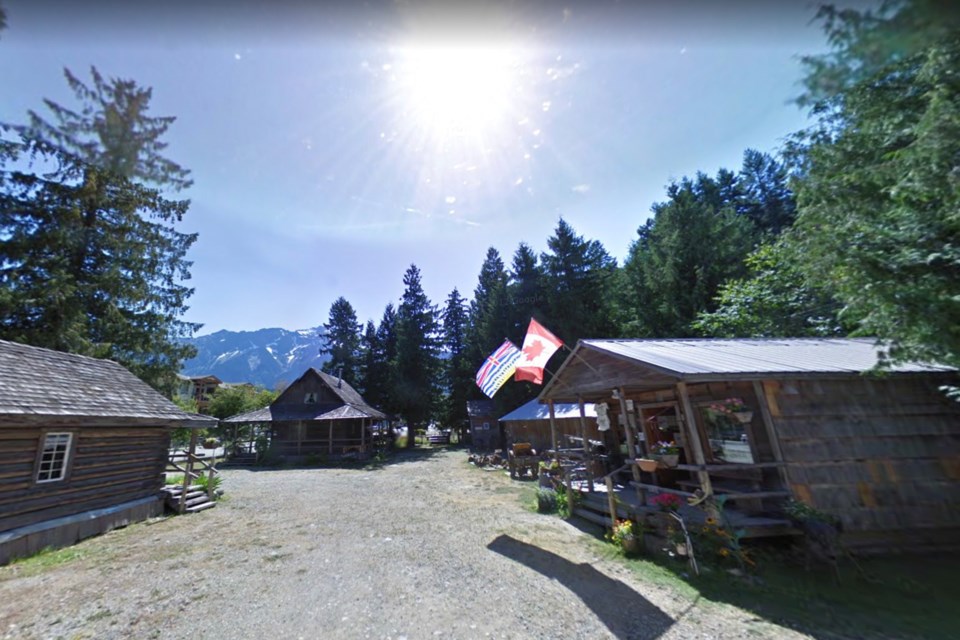On June 6, the Pemberton and District Museum and Archives Society officially reopened for the summer season, marking the 41st year in operation for the popular local attraction.
Charmaine Carpenter took over the role of museum curator last year from longtime curator Niki Madigan, who left after 14 years in the position, and has overseen the addition and renovations of new buildings onsite.
“The site looks amazing; we've done a ton of work cleaning things up and de-cluttering and just trying to make it as it used to be,” Carpenter said.
“There was just a lot of stuff everywhere, and so we've really done a big job of cleaning up the site so that it's a little easier to make your way through and a little bit easier to see what you want to see.”
The Pemberton Museum features several historic buildings from Spud Valley’s past. In the last couple of years, thanks to funding from the provincial government's Community Economic Recovery Infrastructure Program, two new buildings were added to the site, including a replica of the Pemberton Station Schoolhouse and the original cabin owned by Pemberton pioneer John Arn.
The replica schoolhouse has allowed the museum to host more events and, for the first time, have a winter meeting space. Carpenter wants the community to know they have room to hold gallery shows, meetings and memorials.
“Whatever people in the town need," she said. "There's not a lot of meeting spaces in this town where people can just sort of rent and congregate and stuff. So we're trying to fill that void."
One of the critical pieces of work underway for the museum is fostering a strong relationship with local First Nations and weaving together the stories of the settlers with those who have called the valley home for time immemorial.
Carpenter said that the museum is continuing to work with the Lil’wat Nation and Squamish Lil’wat Cultural Centre (SLCC) to identify and repatriate items in its collection to local First Nations. In 2019, thanks to a grant from the federal government's Young Canada Works program, the museum hired a summer student to do a complete inventory of Lil’wat items.
So far, nine objects have been repatriated to the Lil’wat Nation, with conversations ongoing about returning the remaining objects in the inventory; until then, the museum is taking care of the items until the First Nation decides it wants them back.
The museum is also in the process of writing a new interpretive plan that will re-envision the narrative that is told. The plan will focus on the close ties local First Nations had to the region, and detail how many settlers would only have survived with the support and help of the local First Nations people.
“We're working on building relationships with local First Nations,” Carpenter said. “We have the utmost respect for the fact that they were here first. Like many other organizations like ours, we're just trying to be more inclusive and make sure that the narrative we share is inclusive of all the communities that were here first.
“We're trying to weave together the narrative of people working together as well, because that was sort of the way it happened in the valley. And obviously, it's not all positive. But there is a lot of positive stuff onsite.”
Pemberton residents will also be happy to hear that the museum's well-attended Toonie Teas are returning this year. Toonie Teas are a long-held tradition at the museum where volunteers bake treats, and for a toonie, you can have tea.
While Carpenter isn’t sure if they will be held every Tuesday due to staffing shortages, she believes the event will continue to be a draw, especially for the valley’s senior population.
The museum is open Tuesday to Saturday from 10 a.m. to 5 p.m., and will close for the season after Halloween.
Read more at pembertonmuseum.org.



